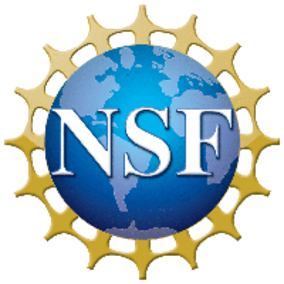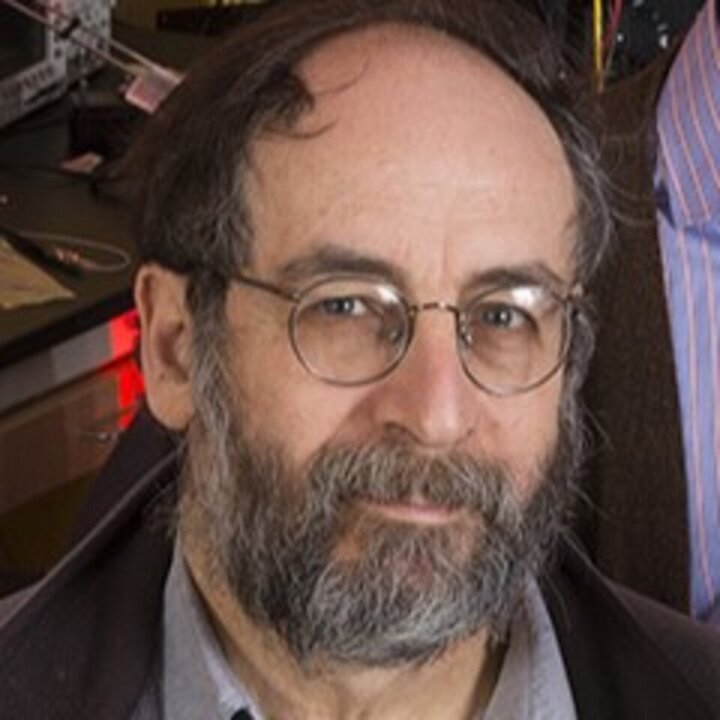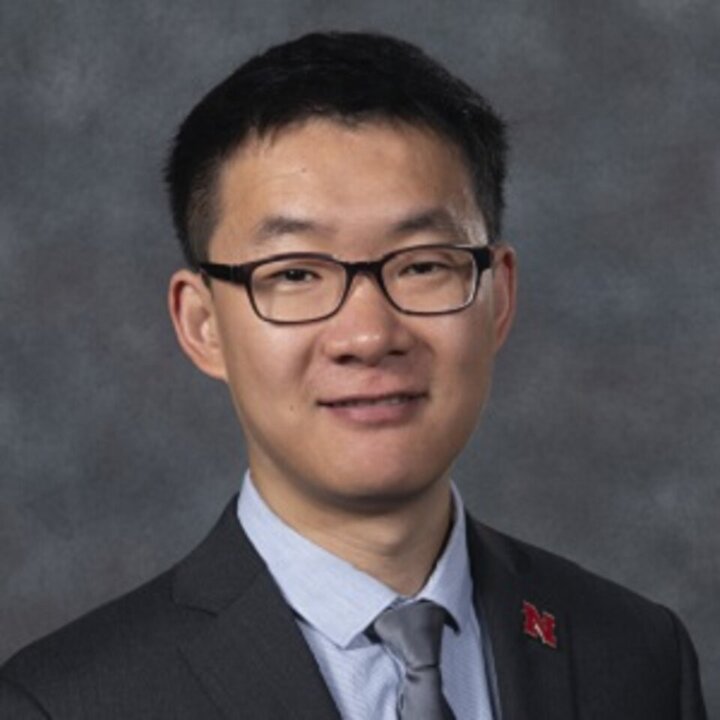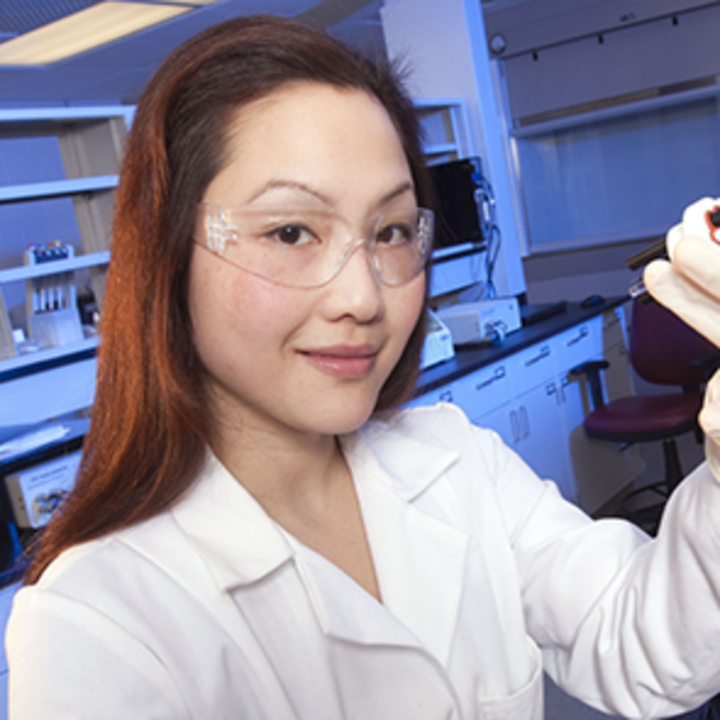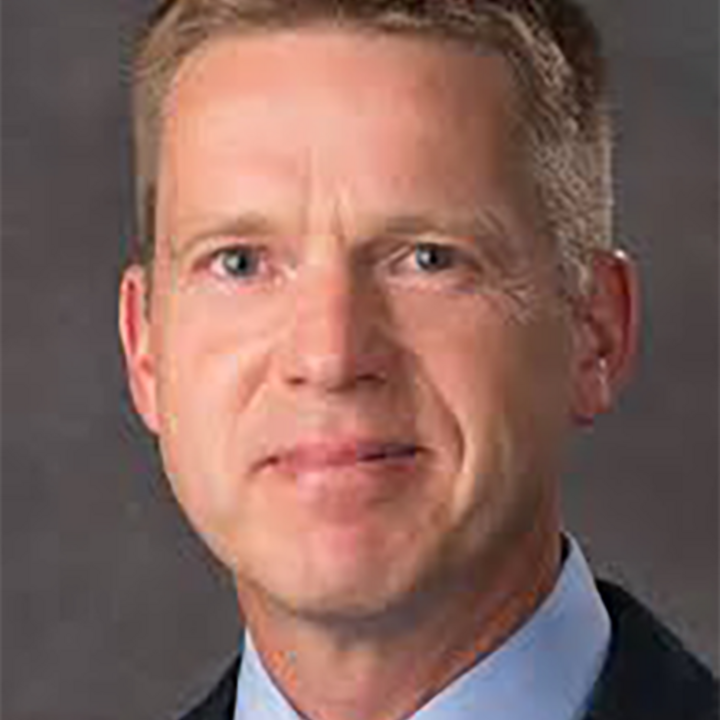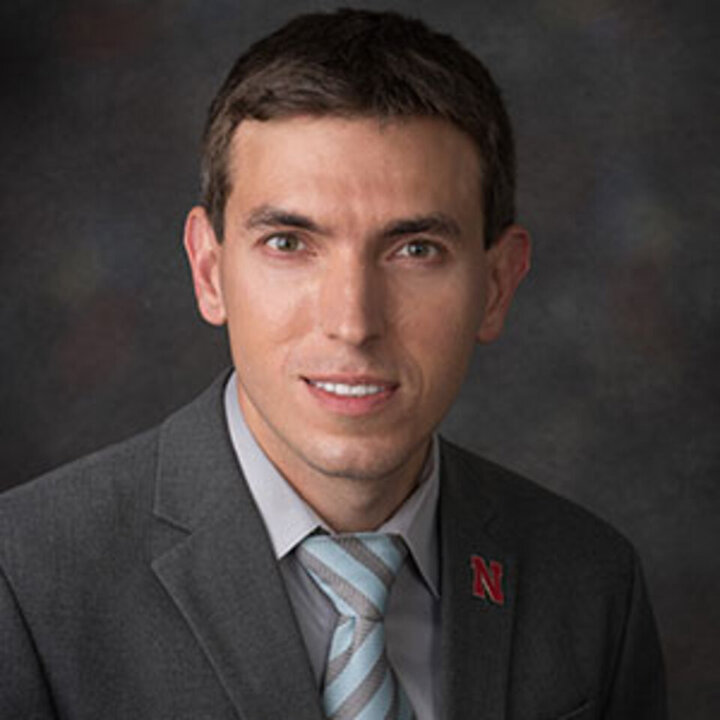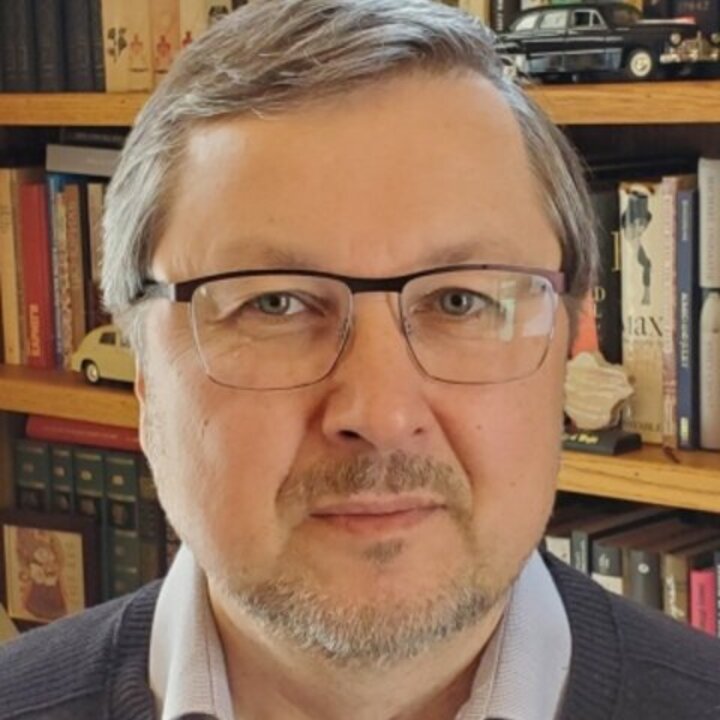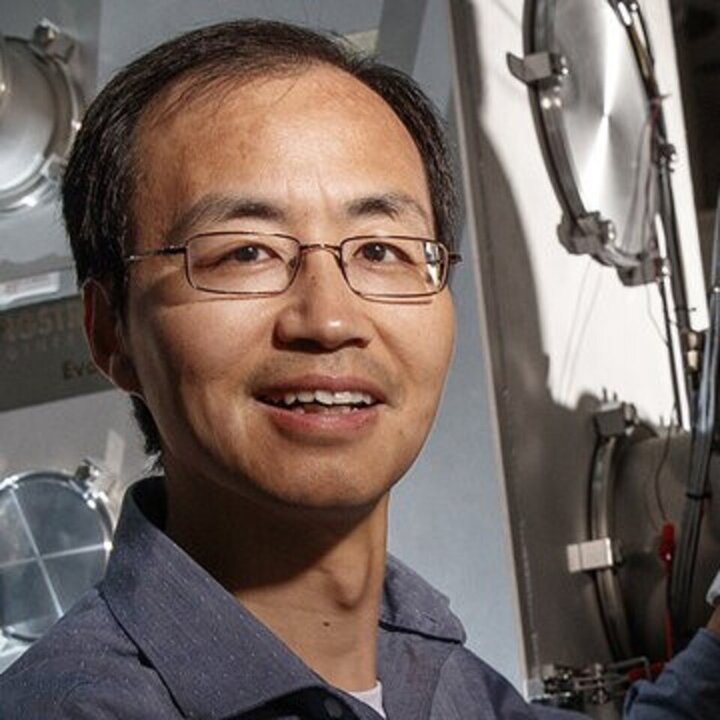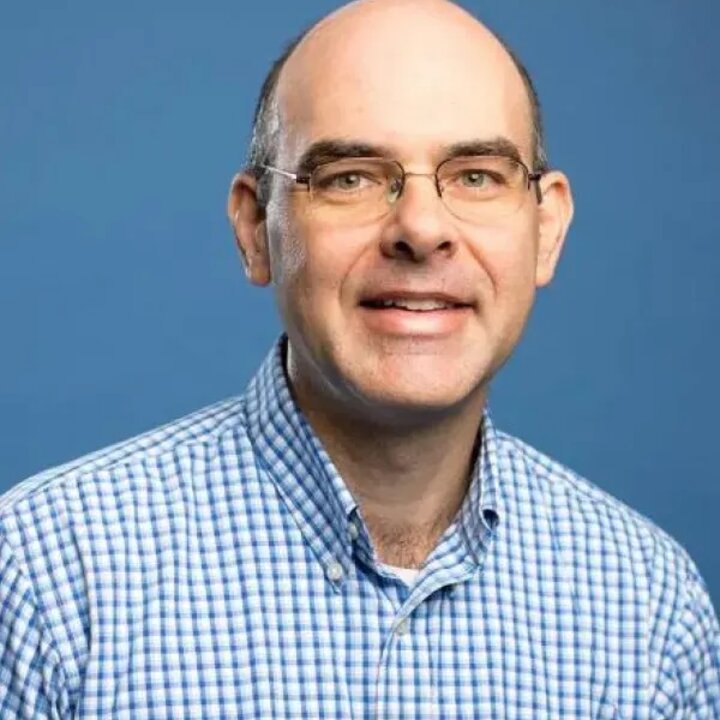Find your place in the new quantum revolution!
Emergent Quantum Materials and Technologies (EQUATE) is a $20 million NSF-funded project placing Nebraska researchers in the second quantum revolution. This project focuses on research and workforce development to advance knowledge on topics related to quantum materials, technologies, and computation. These new technologies will revolutionize fields such as information technology, medicine, meteorology, and cryptography, with an impact on security areas such as defense and banking.
EQUATE consolidates the quantum science and technology expertise of 20 faculty researchers across the four Nebraska research institutions, establishing collaboration and feedback between theory and experiment to guide discoveries and expedite the findings of new emergent quantum materials and phenomena.

Related Fields of Study
- Quantum Mechanics
- Nanoscience
- Chemistry
- Materials Engineering
- Physics
Mentors and Projects
Voltage-controlled spinstructures, magnetoelectricity, and quantum crosswires for novel qubit realizations.
In this project, the student will fabricate magnetoelectric oxide thin films and nanometric crosswires to study voltage-controlled spintronics, voltage-controlled magnetism, magnetotransport, and quantum dot qubits.
The influence of geometry on electronic structure.
In this project, the relationship of symmetry and electronic structure is explored using angle-resolved photoemission, angle-resolved spin polarized inverse photoemission and X-ray dichroism to understand the origins of topologically protected spin currents at interfaces and for molecular thin films.
Structural dynamics and optoelectronic properties in advanced materials.
In this project, the student will grow bulk, micro, or nanocrystals and use laser spectroscopy and microscopy to explore their lattice motions, charge carrier dynamics, and solid-state chemistry.
Scanning probe microscopy studies of van der Waals materials.
In this project, the student will participate in the preparation of two-dimensional van der Waals materials and characterization using atomic force microscopy and piezoresponse force microscopy.
Transport phenomena in textured altermagnets.
In this project, the student will learn analytical techniques to study altermagnets and hybrid altermagnet/superconductor systems.
Design, synthesis, and characterization of spin crossover complexes and nanocomposites.
In this project, the student will learn to design, synthesize, and characterize spin crossover complexes and fabricate polymer nanocomposites for device applications.
#1 Quantum Sensing.
In this project, the student will perform micro/nano-scale magnetic resonance imaging of biomaterials (single cells, proteins).
#2 Quantum photonics.
In this project, the student will develop hybrid photonics nanostructures for scalable quantum communication networks."
Multilayer systems for high-power electronics.
The student will use atomic layer deposition to create Ga2O3-ZnO2 solid-state materials in the search for high-power electronics
Super-resolution THz magnetic resonance ellipsometry.
In this project, the student will learn to design and build super-resolution THz magnetic resonance ellipsometry instruments and carry out experiments on future power electronic materials.
Synthesis and Electronic Properties of Quasi-1D Materials.
The student will participate in a project on the synthesis and electrical characterization of 1D chains of emerging semiconducting materials, such as TiS3 and HfSe3, for miniaturized electronics.
Topological magnetism in amorphous materials.
In this project, the student will participate in the synthesis of amorphous transition metal-metalloid films and characterize structural, chemical, magnetic, and electronic properties to correlate those with each other.
Computational studies of advanced spintronic materials.
In this project, the student will learn how to use modern computational techniques to explore properties of electronic materials relevant to spintronics.
Magnetism of spin-crossover organic thin films.
In this project, the student will synthesize and characterize the growth, structural, transport, and magnetic properties of organic thin films with spin-crossover transitions.
Magnetism in Ultracold Potassium.
In this project, the student will laser-cool a gas of potassium atoms to one millionth of a degree above absolute zero and study spin-entanglement in a Bose-Einstein condensate.
Funding
Funding for this research program is pending approval from NSF for the final year of a 5-year program.
